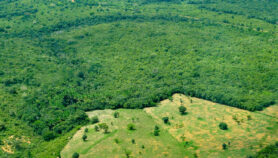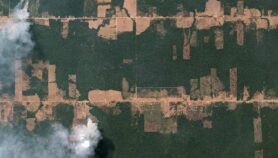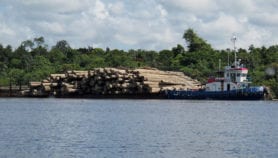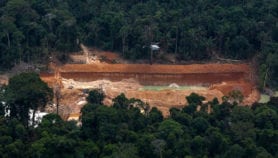By: M. Sreelata
Send to a friend
The details you provide on this page will not be used to send unsolicited email, and will not be sold to a 3rd party. See privacy policy.
[NEW DELHI] A community forestry project in north India has become the first small-scale afforestation project in the world to get a clean development mechanism (CDM) certificate.
CDM is an arrangement under the UN Framework Convention on Climate Change (UNFCCC), which allows industrialised nations to invest in clean energy projects in developing countries.
Each tonne of carbon saved in a green project counts as a unit of carbon emission reduction (CER). Countries can sell the CERs, currently priced at US$5, to help meet their greenhouse gas emission reduction targets.
The community project, in India’s Haryana state, which won the CDM certificate is part of a larger, ten-year community forestry project to provide tree cover in thousands of hectares of wasteland. It is supported by the European Commission (EC) and the Haryana state government.
Inspired by the success of the ten-year project, which ended in 2008 and increased tree cover from nine to 34 per cent, project officials designed another small-scale pilot in 370 hectares of land — covering eight villages and 227 farmers — to see if it could qualify for a CDM.
Veerbhan Singh Tanwar, a state forest conservator who heads the CDM project, told SciDev.Net that the trees are expected to absorb 12,000 tonnes of carbon dioxide over the next 20 years. The project will begin earning carbon credits after five years, which will be distributed among the farmers.
Robert Donkers — minister counsellor for environment at Delegation of the EC to India, Bhutan and Nepal — says that the EC has no plans to replicate the project elsewhere in the country, mainly due to the difficult procedure of applying and qualifying for a CDM certificate.
Varun Gulati, an analyst with Agrienergy, a Mumbai-based CDM consultancy company, says that the UN needs to simplify the CDM process for social forestry. It takes 4–5 years for a forestry project to earn CERs, compared to a wind energy project that takes just six months to a year.
Still, Tanwar hopes that the Haryana project will serve as a model for others. Three more Indian states — Himachal Pradesh, Gujarat and Chhattisgarh — have taken a cue from the project and appointed CDM officers to design similar projects, he says.













